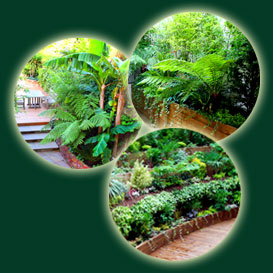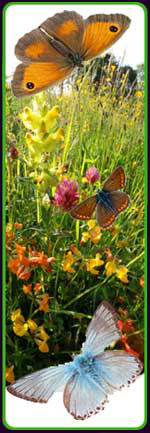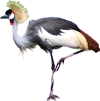

Wild Flower Areas
Death and Destruction in the Countryside
Since the1950's, over 95% of our flowering meadows have disappeared.
Thousands of miles of hedgerows have been obliterated and each day, more open land is disappearing under concrete and hard surfaces.
Many people do not realise the Diversity of Wildlife which exists above ground and below ground in one hedgerow.

When we human beings, knock or burn it down and then close the porous ground with layers of concrete, we are closing down the life cycle of thousands of birds, invertebrates and general
Contact Us >>

Wild Flower Areas for Schools
Thriving Natural Habitats
It is up to us to recreate replacement wildflower areas and Natural Habitats, where Nature can thrive once again.

The creation of a Wildflower Area in a Playground is very simple and does not require a large space. In fact, it is possible, if space is limited, to plant a Wildflower Garden in a small half-barrel (which to a miniscule sized insect would appear as the size of Wembley Football Stadium!)
Example Playgrounds >>

Where?
Creating the Necessary Space
SchoolPlaygroundDesigners generally create a very low raised Wildflower planting area or raised wild flower planters. If space permits, they create natural pathways through the Wildflower Area.

One of the beauties of course, is that Wildflowers will grow anywhere and in the worst soil imaginable. There are a myriad of Wildflowers for every Garden Aspect. They are particularly useful in Shade areas where one can see some of our most beautiful Wildflowers.
Portfolio >>
Wild Flower Species
Types of Flowers
Dependant on the aspect, a general wild flower selection for a school playground contains flowers grasses and herbs. Below is a typical variety list -

- Basil
- Bluebells
- Bird’s Foot
- Trefoil
- Buttercup
- Celandine
- Cowslip
- Daisy
- Dog Violet
- Great Knapweed
- Hedge
- Woundwort
- Lady’s Bedstraw
- Red Campion
- Small Scabious
- Wild Carrot
- Wild Clary
- Betony
- Primrose
- Meadowsweet
- Selfheal
- Mint
- Wild Garlic
- Parsley



Damp areas for Wild Flowers
Creating a Miniature Bog
Bearing in mind that water is the basis of human life, a small damp, boggy or water area is advantageous in all School Wildflower Gardens. These form a Natural Habitat for much Wildlife and a plethora of insects; children are always fascinated in the antics of Damsel Flies and other Hovering Insects.

As with Shady areas, there is an abundance of stunning Wildflowers available for damp areas, many of which are edible. Before the modern invention of the “Chemist Shop on the Corner” Wildflowers were also used for medication in every conceivable fashion, from the assistance in Child Birth to Internal Ailments, Skin Disorders and the Healing of Wounds.
Wild Flower Meadows
Benefits of a Meadow
For schools with large open spaces, SchoolPlaygroundDesignersco.uk lay a Wildflower Meadow. In this area, School Playground Designers also include Bench Seats, Gazebo Seats, Arbour Seats, and selected Trees, often with Tree Seats. Senior School Children particularly love to roam freely in these Wildflower Meadows and sit amidst an abundance of Grasses and Wildflowers
Birds, of course, rely heavily on Wildflowers both in the summer and in the winter, when their dried seeds form a major source of our Native Birds’ diet. Small Wildlife animals form nests in winter in the dead leaves and stems of Wildflowers. Insects rely on the nectar from Wildflowers for their survival, as do Butterflies who also use the Wildflowers for the development stages of their Larvae.
Vegetable Gardens
Children are fascinated with the delicate dancing, flying movements of a Butterfly. Robert always recommends the construction of a small Vegetable Garden as apart from its obvious benefits for children, it also provides the winter hibernation plants necessary for the eggs, larvae and pupae of Butterflies.

